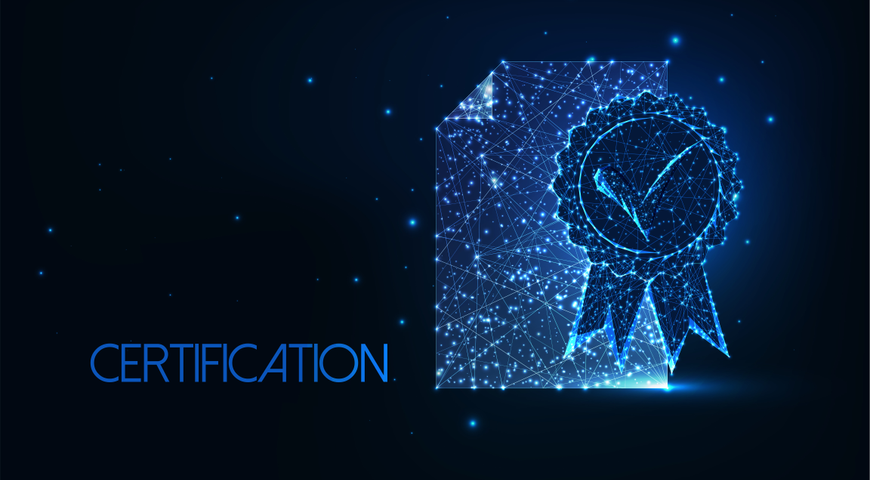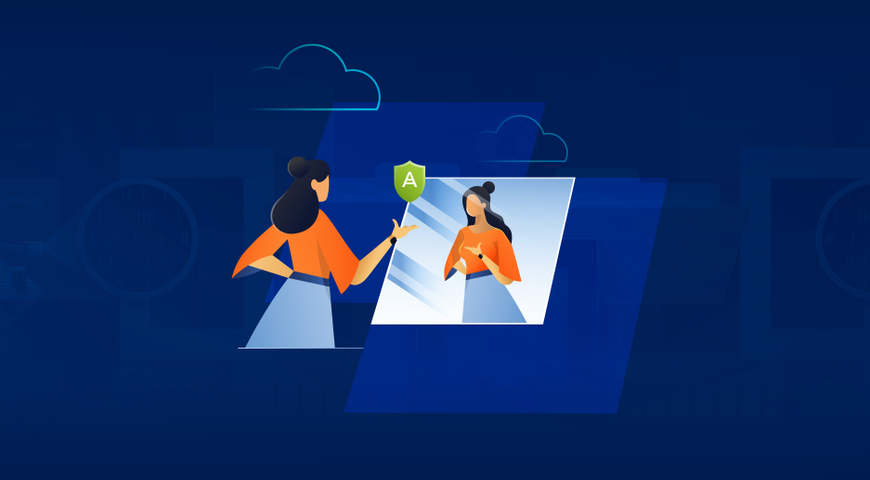
Secure email gateways (SEGs) have a rich history rooted in the need for organizations to protect their email systems. They emerged as a response to the growing concern over email-borne threats such as spam, viruses, malware and phishing attacks, which pose significant risks to both the security and productivity of businesses.
The purpose of SEGs is to act as a first line of defense against these threats by filtering both inbound and outbound email traffic. By intercepting and inspecting email traffic, SEGs help prevent the dissemination of harmful content, protect sensitive data and ensure compliance with security policies and regulations. Unfortunately, as email attacks have become more sophisticated, SEGs have shown that they are not up to the challenge. And for MSPs, the time-consuming and resource-intensive burden of managing SEGs falls on IT.
SEGs are no longer enough when it comes to email security
While many MSPs still rely on SEGs to protect their clients, the evolving threat landscape and emergence of new challenges, including targeted phishing attacks and ransomware, the limitations of SEGs are becoming more apparent.
Evolution of advanced threats
Traditional SEGs primarily rely on static, rule-based detection methods, making them vulnerable to sophisticated attacks that bypass these rules. Advanced threats like dynamic phishing, targeted attacks and automated attacks continuously evolve, utilizing tactics that SEGs struggle to detect effectively. For instance, dynamic phishing campaigns constantly modify their tactics and payloads, making them difficult for SEGs to recognize using static rules. SEGs also cannot scan embedded URLs in files / attachments or images. Business email compromise emails often do not include links, attachments or other scannable characteristics. Because SEGs do not use AI, including natural language processing, they cannot detect business email compromise (BEC).
Cumbersome management
Managing email gateways can be a burden, and it’s often too resource-intensive for organizations to handle effectively. SEGs require admins to manually create allowlists and denylists and configure MX records, a process that can require considerable time and resources to maintain. Configuring and maintaining rule sets, handling false positives and managing updates can strain IT resources and lead to gaps in security coverage. Moreover, the complexity of managing SEGs can result in misconfigurations or outdated rules, leaving organizations vulnerable to attacks.
Static, rule-based detection
SEGs typically rely on static rules to detect and block threats, which can be easily circumvented by attackers employing evasion techniques. These rules are often based on known signatures or patterns, making them ineffective against zero-day threats or polymorphic malware that mutate to evade detection.
Downtime risks
Relying solely on a SEG for email security introduces a single point of failure. When the SEG vendor experiences downtime or disruptions, it can result in email service outages for the client organization. Such downtime not only disrupts communication but also leaves the organization vulnerable to email-based threats during the outage period.
While SEGs have been a foundational component of email security, they are no longer sufficient to protect against the evolving landscape of advanced threats. Their reliance on static detection methods, cumbersome management processes and susceptibility to downtime pose significant risks to organizations.
Comparing ICES to SEGs: 8 reasons to upgrade
Many businesses are turning to more advanced and adaptable solutions, such as API-based email security or integrated cloud email security (ICES), to bolster their defenses. ICES solutions offer organizations a more comprehensive, integrated and scalable approach to email security compared to traditional SEGs, including:
1. Comprehensive protection: ICES solutions provide a broader range of security functionalities compared to SEGs. In addition to basic spam filtering and malware detection, ICES often includes advanced features such as encryption, data loss prevention (DLP) and advanced threat protection.
2. Seamless integration: ICES seamlessly integrates with cloud-based email platforms such as Microsoft 365 or Google Workspace. This integration eliminates the need for additional infrastructure or configuration, simplifying deployment and management for organizations. In contrast, SEGs may require more complex setup and maintenance, especially for on-premises deployments.
3. Automatic updates: ICES solutions receive automatic updates and patches, ensuring that security measures remain up to date against emerging threats. In contrast, SEGs may require more manual effort to keep security measures current.
4. No sandboxing required: Sandbox environments are used in cybersecurity to isolate potentially malicious content, such as email attachments or URLs, for analysis in a controlled environment.
5. No delivery delays: Because ICES solutions eschew sandboxing for advanced threat detection techniques, such as behavioral analysis and machine learning, less time is spent vetting incoming mail.
6. Centralized management: ICES provides centralized management interfaces, allowing administrators to configure and monitor security settings across the organization from a single dashboard. SEGs may lack this level of centralized management, requiring administrators to manage security settings across multiple gateways or systems.
7. Scalability: ICES solutions are often more scalable and adaptable to the changing needs of organizations compared to SEGs. As organizations grow or evolve, ICES can easily accommodate increased email traffic and new security requirements without the need for significant infrastructure changes or upgrades.
8. Costs: With SEGs, MSPs often need to invest in dedicated hardware, software licenses and infrastructure maintenance to deploy and manage email security for their clients. Transitioning from SEGs to ICES solutions allows MSPs to reduce costs, improve operational efficiency and enhance service offerings, ultimately driving profitability.
How to deploy an ICES solution for Microsoft 365 or Google Workspace
Each MSP is unique, with clients of varying sizes and in different industries, and technicians of various skill sets and experience. Regardless of these factors, any MSP who switches from a SEG to an ICES should carefully evaluate the ICES solution and follow these steps as they progress toward deployment:
- Assessment and planning: Consider factors such as the size of your clients’ businesses, email usage patterns, regulatory requirements and budget constraints.
- Selection of ICES provider: Evaluate factors such as security effectiveness, ease of integration with your existing email infrastructure, scalability, reliability and customer support.
- Integration with cloud email platform: Once you've selected an ICES provider, work with their implementation team to integrate the solution with your cloud-based email platform, such as Microsoft 365 (formerly Office 365) or Google Workspace.
- Configuration and customization: Customize the ICES solution to meet your clients’ specific security policies and requirements.
- Testing and validation: Before deploying ICES into production, conduct thorough testing and validation to ensure that the solution operates as intended and effectively mitigates email-based threats.
- Training and awareness: Educate users on best practices for email security, such as identifying phishing emails, handling suspicious attachments and reporting security incidents.
- Deployment and rollout: Monitor the performance and effectiveness of the solution during the pilot phase, and make any necessary adjustments or refinements before proceeding with full deployment across the organization.
- Ongoing monitoring and maintenance: Continuously monitor the performance and effectiveness of the ICES solution, proactively addressing any security incidents or emerging threats.
Summing it up
MSPs must adapt their security strategies as email-based threats continue to evolve in sophistication and complexity. ICES solutions offer a compelling alternative to SEGs, leveraging advanced language processing, contextual awareness and behavior-based analysis to mitigate threats in the Microsoft 365 and Google Workspace environments.
About Acronis
A Swiss company founded in Singapore in 2003, Acronis has 15 offices worldwide and employees in 50+ countries. Acronis Cyber Protect Cloud is available in 26 languages in 150 countries and is used by over 20,000 service providers to protect over 750,000 businesses.




